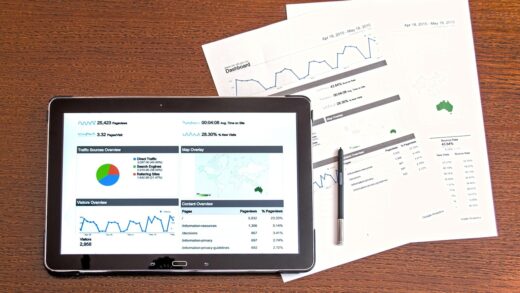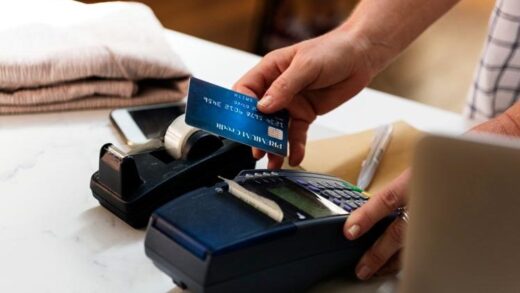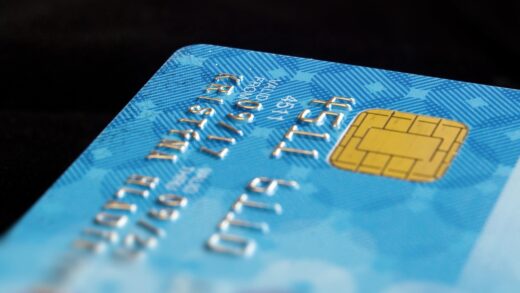Crush Credit Card Debt and Protect Your Credit Score

Credit card debt can pile up fast. One unexpected bill or missed payment, and you’re stuck with balances on several cards. It’s stressful—but there’s a way out.
You can pay off your debt and keep your credit score in good shape. You might even improve it.
Here’s how to do it, step by step.
Why Your Credit Score Still Matters
Your credit score affects a lot—loans, interest rates, even job chances. Getting rid of debt is great, but not if it wrecks your credit. The goal is to pay it down and keep your score steady.
Step 1: Know What You Owe
List all your credit cards. Include:
- How much you owe
- The minimum payment
- The interest rate
- The due date
You can use a spreadsheet or app. This helps you see the big picture, decide what to pay first, and spot high-interest cards.
Step 2: Pick a Way to Pay It Off
There are two simple strategies:
Avalanche
Pay off the card with the highest interest rate first. Make minimum payments on the rest. When that one’s gone, move to the next highest. This saves the most money on interest.
Snowball
Start with the card that has the smallest balance. Pay that off first, then move to the next smallest. It gives you a quick win to keep you going.
Pick the one that keeps you motivated.
Step 3: Don’t Close Paid-Off Cards
When a card is paid off, leave the account open. Closing it lowers your total credit limit, which can hurt your score.
Keep the card open. You can leave it at zero or use it now and then—just pay it off in full.
Step 4: Ask for a Lower Interest Rate
Call your card company. Ask if they can lower your rate. If you’ve been paying on time, they might say yes. Even a small drop helps.
What to say:
“I’ve always paid on time. Can you lower my interest rate?”
What Is a Good Credit Score? How to Improve Yours Quickly
Step 5: Use Balance Transfers Carefully
Some credit cards offer 0% interest for a limited time if you transfer a balance.
Just be careful:
- There might be a fee (3–5%)
- The interest rate goes up after the promo ends
- Make sure you can pay it off before then
Used right, this can lower your interest and help your score.
Learn More: How Balance Transfers Work
Step 6: Look Into a Debt Management Plan
Nonprofit credit counselors can set up a plan that combines your payments. They might get you lower interest too. These plans don’t count as new credit, so your score won’t drop.
Before you sign up:
- Make sure it’s a certified nonprofit
- Check for any fees
- Stick to the payments
Find Help: Best Credit Counseling Services
Step 7: Never Miss a Payment
Late payments hurt your credit score fast. If money is tight, pay the minimum—but pay it on time.
Set up:
- Auto-pay for the minimum
- Alerts for due dates
Step 8: Bring in Extra Cash
Extra money helps you pay off debt faster. Try:
- A side job
- Selling stuff you don’t use
- Asking for a raise
Use every extra dollar to pay down your top-priority card.
Step 9: Stop Using Your Cards
Don’t add to your debt. While you’re paying it down, stick to cash or debit. It’s the only way to get ahead.
Step 10: Keep an Eye on Your Credit
Use a free tool to check your score once a month. Seeing it go up can keep you motivated. You’ll also catch errors early.
Quick Recap: How to Pay Off Debt and Keep Your Score
- Use the avalanche or snowball method
- Don’t close paid-off cards
- Always pay on time
- Consider balance transfers or a debt management plan
- Don’t add new debt
You can get out of credit card debt without hurting your credit score. You just need a clear plan and a little patience.
Make a list of what you owe. Choose how you’ll tackle it. Whether you call your lender or pick up a side job, every step helps.
Resources



